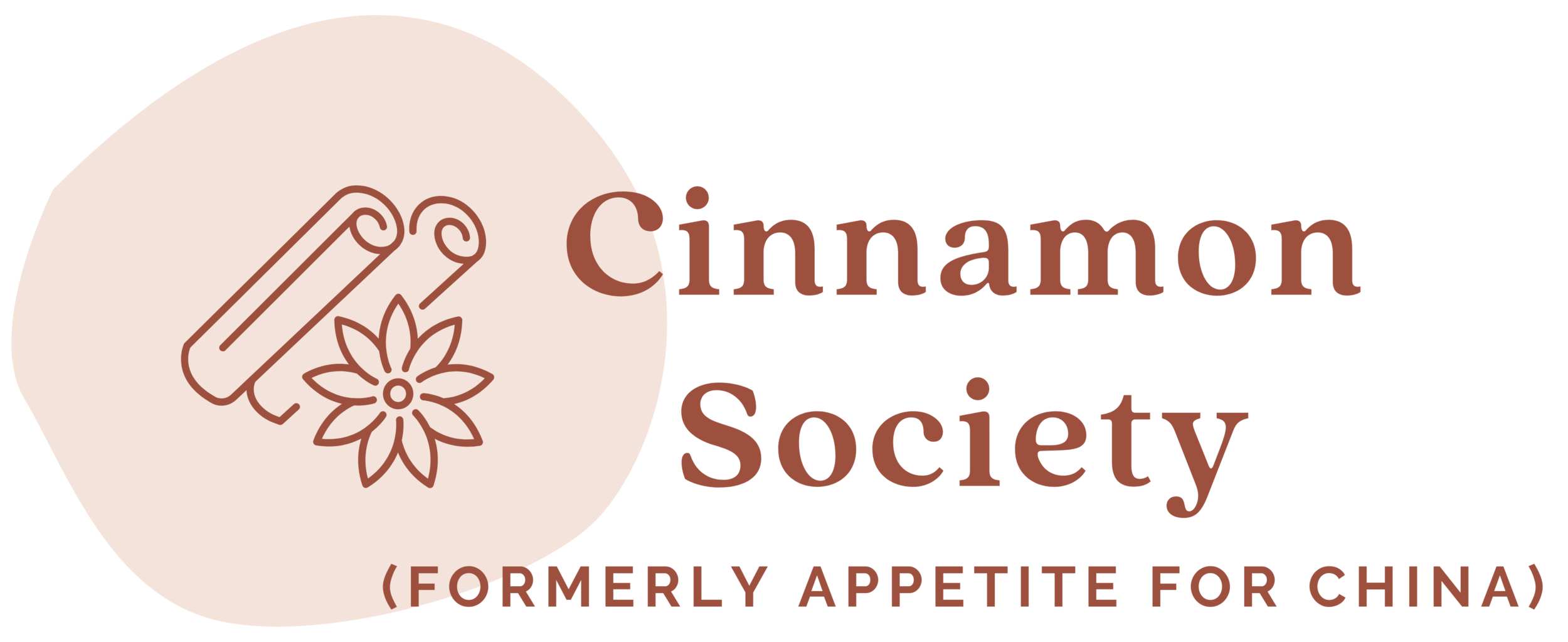Chinese Herbal Jelly
At first glance, anyone who didn't grow up in an Asian culture might scrunch up her nose at herbal jelly. It's black, it's shiny, and it jiggles. But really, herbal jelly, or grass jelly, is like JELL-O, only naturally colored. Whole Foods is losing a big opportunity to market this as the next "it" health food.
Maybe it's the fact that it takes the shape of the tin can it comes from, that may turn people off. If, as a culture, Americans have moved past canned cranberry sauce, we might not be too thrilled with something similarly ridged but not candy-colored. Although grass jelly is made from an herb in the mint family, the taste is pretty neutral. Which is why Asians love it in desserts. In Hong Kong cafés and dessert shops serve grass jelly with mangoes, coconut, and other tropical produce. At bubble tea shops like Saint Alp's you can opt for little grass jelly bits instead of tapioca pearls.
In Hong Kong and southern China, you can find also tortoise jelly in tea shops with big gold or silver pots. Called gwei ling go in Cantonese, the genuine stuff is made from powdered tortoise shell and can get be as expensive as 300 HK dollars (about $38) for a rice bowl's worth. Don't worry, PETA members: imitation tortoise jelly is much more common and usually costs $1 or less. It's made from different herb than grass jelly, but tastes pretty much the same.
What's the appeal of all this stuff? Both real and imitation tortoise jelly (and grass jelly to a lesser extent) supposedly has cooling properties, and can get rid of a bad cough faster than you can say Robitussen. And you know what? It works! Try it: the next time you're in Hong Kong and sick, try getting eating a bowl of herbal jelly for 2 to 3 days. (Ah, you'll say. Chinese medicine does work.) Or pick up a can of grass jelly when you're in Chinatown.
My favorite way to eat grass jelly as a child was to cut it up to bite-sized pieces and mix it with a boatload of granulated sugar. Now if I was to sip instead of slurp, I'll mix the black squiggles with coconut juice, sweetened condensed milk, and ice for a refreshing if slightly unorthodox drink.
Are you a fan of herbal jelly and have a favorite way of eating it?

